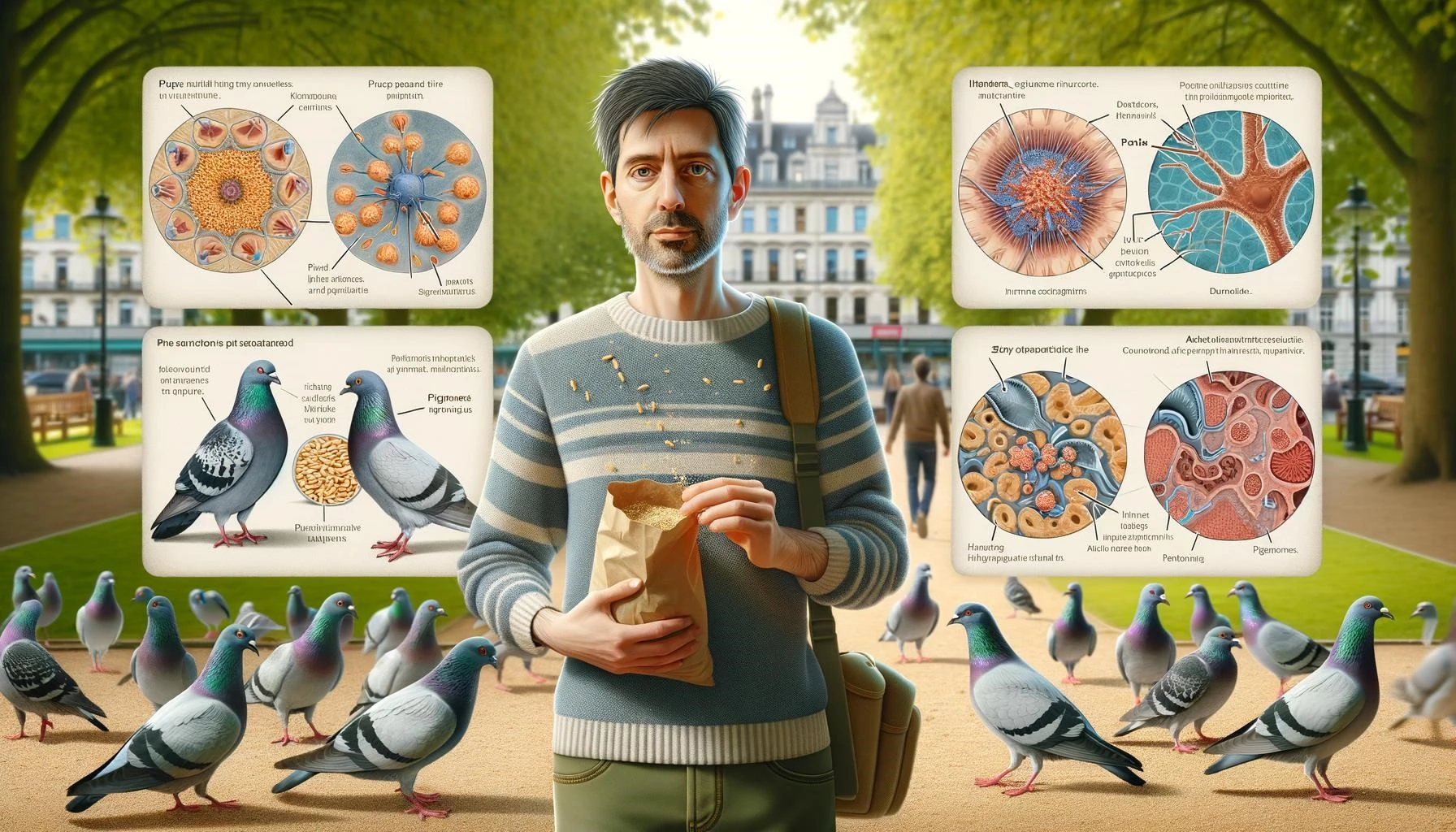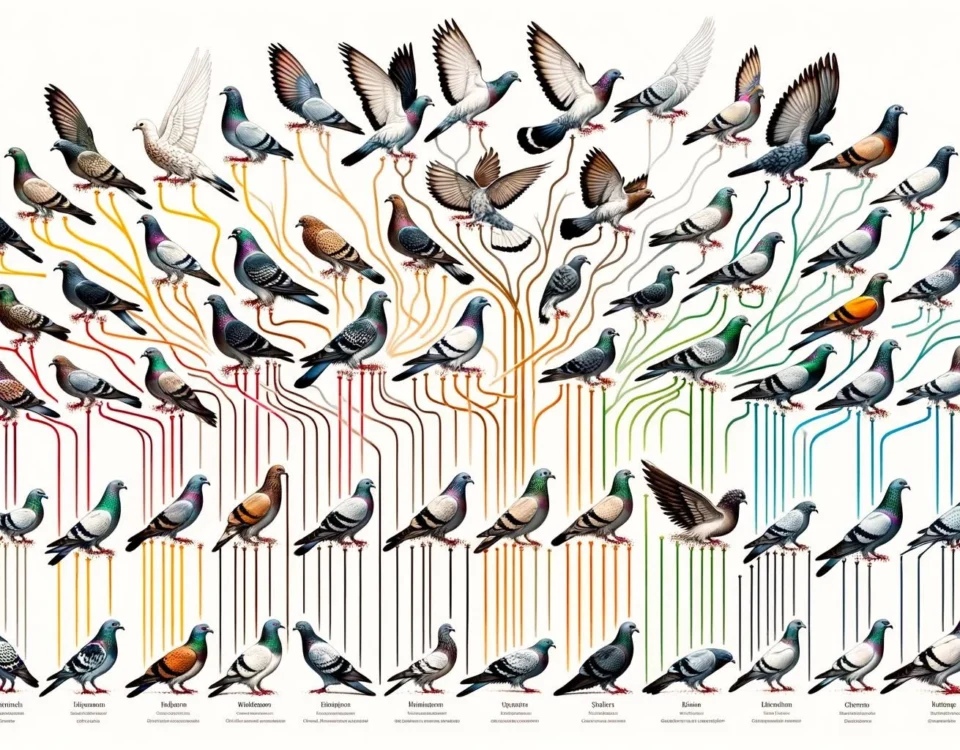Spanning over 300 unique species, the world of wild pigeons is a vibrant tapestry of diversity, featuring a plethora of sizes, color palettes, behaviors, and habitats. From the widely recognized Rock Pigeon, bred into hundreds of domesticated variants, to the adaptable avian residents of urban jungles, these birds showcase an impressive array of physical features and remarkable longevity. This exploration into the fascinating world of pigeons will highlight their distinctive traits, monogamous relationships, attentive parenting, and their successful adaptation to a myriad of environments.
Key Takeaways
- There are over 300 species of wild pigeons and doves globally, highlighting their diversity in size, coloration, behavior, and habitat.
- The most familiar species of pigeon to humans is the Rock Pigeon (Columba livia), which has been selectively bred into over 300 domesticated breeds.
- Pigeons display a range of physical features, including unique coloration, distinctive beaks and feet, and a plump appearance due to well-developed breast muscles.
- Pigeons have a relatively long lifespan and form monogamous pairs. They are attentive parents, with both male and female pigeons producing a nourishing substance called pigeon milk to feed their young.
- Pigeons are adaptable birds, found in diverse habitats such as forests, deserts, grasslands, and urban areas.
Physical Features and Behavior
Pigeons are medium-sized birds, with stout bodies, small heads, and short necks. They have unique coloration across different species and individuals, ranging from vibrant iridescent feathers to more muted colors.
Their beaks are slender and hooked, well-adapted for foraging and feeding on seeds and fruits. Pigeons also have unique feet with four toes, allowing them to perch and walk comfortably on various surfaces.
Pigeons have a relatively long lifespan compared to many other bird species. They live between 3 to 5 years in the wild, with some individuals living up to 15 years or more in captivity. Pigeons form monogamous pairs and build nests using twigs, leaves, and other materials.
During the breeding season, both parents incubate the eggs, taking turns to ensure successful hatching. Once the chicks hatch, both parents provide care and food until they are ready to leave the nest.
Habitat and Adaptability
Wild pigeons can be found in a variety of habitats across the globe, including forests, deserts, grasslands, and urban areas. Some species have specific geographic distributions, while others are found in multiple regions.
Urban areas have become significant habitats for pigeons, where they are often seen roosting on buildings, foraging for food in parks and squares, and nesting in man-made structures. Pigeons are highly adaptable and thrive in environments with the presence of humans.
Overall, the diversity of wild pigeon species is a testament to their adaptability and ability to thrive in various habitats. Their physical features, behavior, and distribution make them an incredibly fascinating and successful group of birds.









